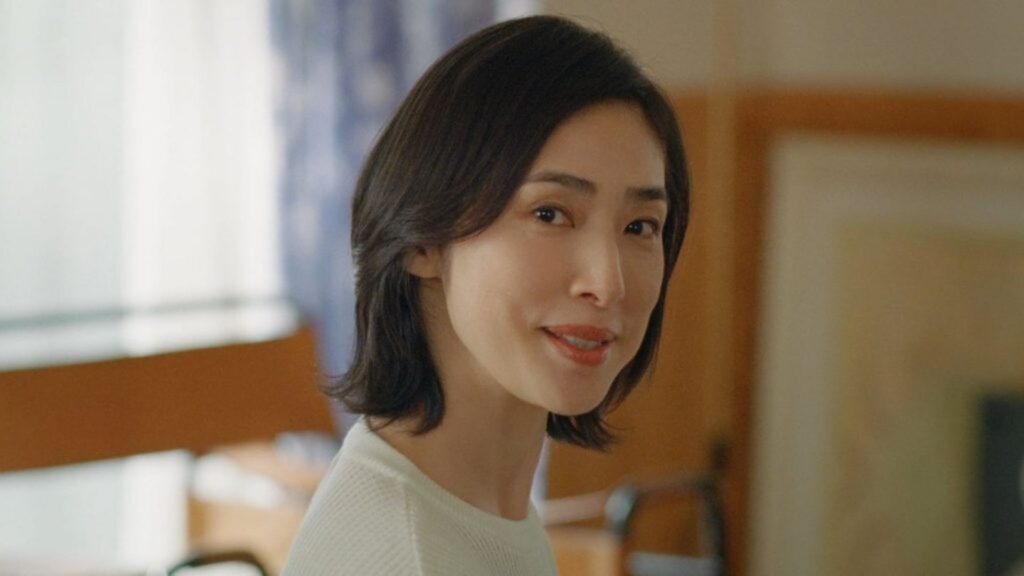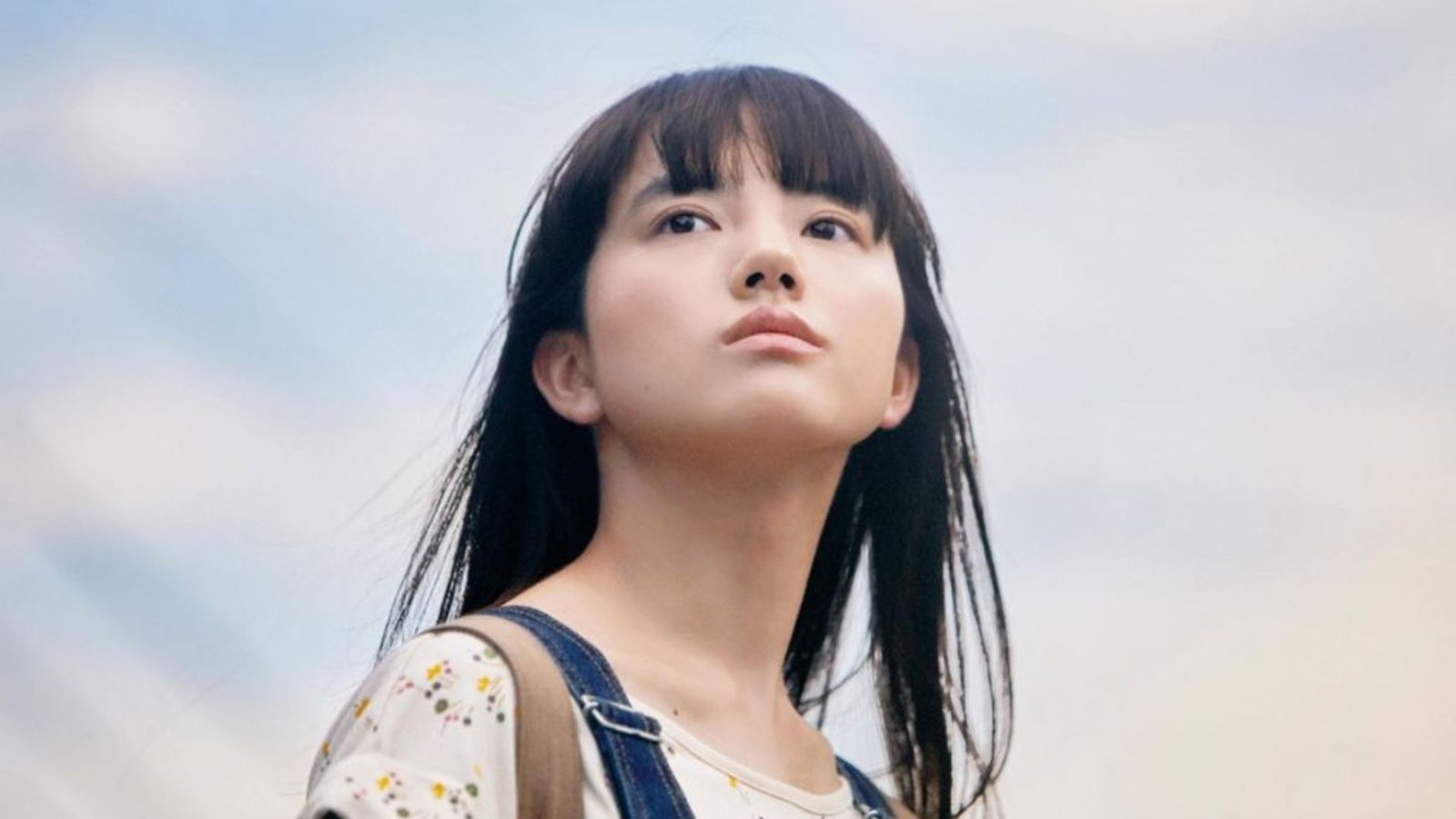The Role of Female Actors in Japanese Cinema
Japanese cinema has a rich and diverse history, with female actors playing crucial roles in shaping its narrative and cultural impact. From the early days of film to the contemporary scene, women have made significant contributions, offering powerful performances across various genres. Here’s a closer look at the role of female actors in Japanese cinema and their influence on the industry.

Pioneering Actresses in Early Japanese Cinema
In the early days of Japanese cinema, female actors such as Kinuyo Tanaka and Setsuko Hara paved the way for women in the industry. Tanaka, known for her work in films directed by Kenji Mizoguchi, was a leading figure in Japanese cinema during the 1950s. Her performances in films like “The Life of Oharu” and “Sisters of the Gion” showcased her remarkable ability to convey deep emotional complexity.
Similarly, Setsuko Hara became a beloved figure for her roles in Yasujiro Ozu’s films. Her portrayal of resilient and compassionate women in “Tokyo Story” and “Late Spring” highlighted her exceptional talent and helped define a new standard for female performances in Japanese cinema.
Contemporary Icons Making an Impact
Today, female actors continue to make significant contributions to Japanese cinema, pushing boundaries and exploring new themes. Rinko Kikuchi, known for her role in “Babel,” has gained international recognition for her versatility. Her ability to take on diverse roles, from the emotionally complex to the action-oriented, has made her a prominent figure in both Japanese and global cinema.
Kiki Kirin, another influential contemporary actress, was celebrated for her roles in films like “The Little House” and “An.” Kirin’s performances were marked by a profound depth and authenticity, which resonated with audiences and critics alike. Her work has left a lasting legacy and continues to inspire new generations of female actors.
Breaking Stereotypes and Challenging Norms
Female actors in Japanese cinema have not only contributed through their performances but have also played a role in challenging traditional gender roles and stereotypes. For example, Miki Nakatani has been recognized for her roles that defy typical female archetypes, showcasing a wide range of characters with depth and complexity.
Similarly, Aya Ueto has made significant strides in redefining the role of women in Japanese film and television. Her diverse roles, ranging from comedic to dramatic, have demonstrated her ability to transcend conventional expectations and bring fresh perspectives to her characters.
The Influence of Female Directors and Writers
The impact of female actors is also intertwined with the work of female directors and screenwriters who create opportunities for nuanced and diverse female roles. Directors like Naomi Kawase and Miwa Nishikawa have been instrumental in crafting stories that highlight women’s experiences and perspectives, often collaborating with talented female actors to bring these stories to life.
Conclusion
The role of female actors in Japanese cinema is both influential and transformative. From the pioneering performances of early actresses to the groundbreaking work of contemporary stars, women have significantly shaped the industry. Their ability to bring depth, authenticity, and new perspectives to their roles has not only enriched Japanese cinema but also impacted the global film landscape. As the industry continues to evolve, the contributions of female actors remain central to its dynamic and diverse storytelling.



